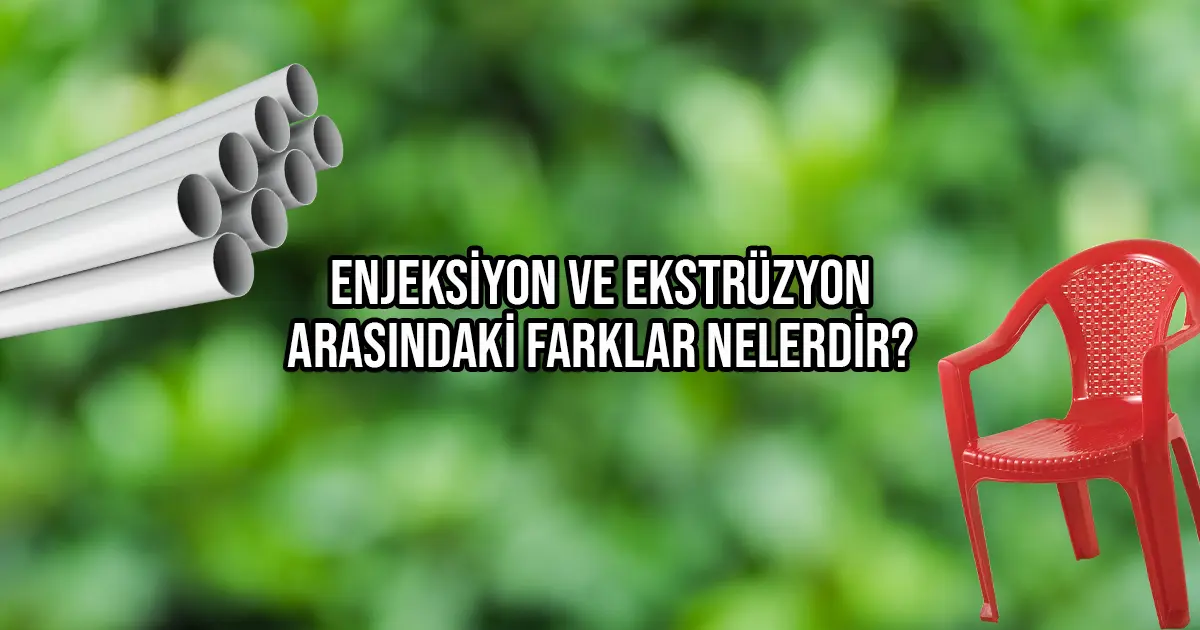Extrusion and injection are two distinct plastic processing methods, each with its own specialized applications. Here are the fundamental differences between extrusion and injection:
Processing Principle:
Extrusion: Plastic material, usually in pellet or granule form, is passed through the heated cylinders of an extruder, shaped, and formed into a long continuous product. The material is continuously pushed in this process.
Injection: Plastic material is heated and melted within an injection machine, then injected into a mold to fill the cavity and shape the desired object.
Product Structure:
Extrusion: Used to obtain a continuous product, such as pipes, profiles, films, or sheets, which have long continuous forms.
Injection: Used for the production of objects with specific shapes inside molds, such as plastic parts, toys, or caps.
Production Speed:
Extrusion: Typically a continuous process that can achieve high production speeds.
Injection: More of a cyclical process, mainly for single-piece productions; therefore, generally has lower speeds compared to extrusion.
Quality and Tolerances:
Extrusion: Tolerances may be wider, and surface roughness can be lower.
Injection: Capable of achieving higher tolerances and smoother surfaces.
Material Usage:
Extrusion: Primarily used in the production of thermoplastic materials.
Injection: Can be used for processing both thermoplastic and thermoset materials.
These differences necessitate the selection of each method based on specific application requirements, considering the advantages and disadvantages of each. While extrusion is more suitable for continuous production, injection is often used for the production of customized and complex parts.

